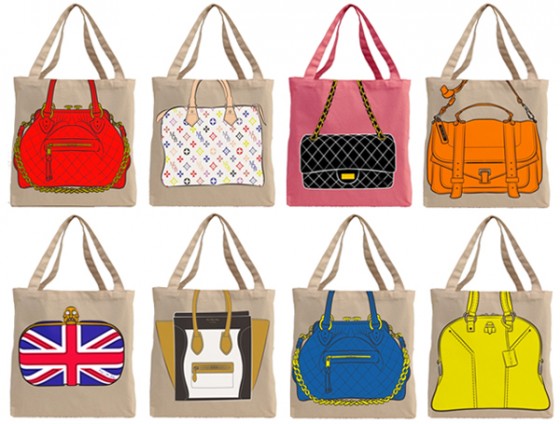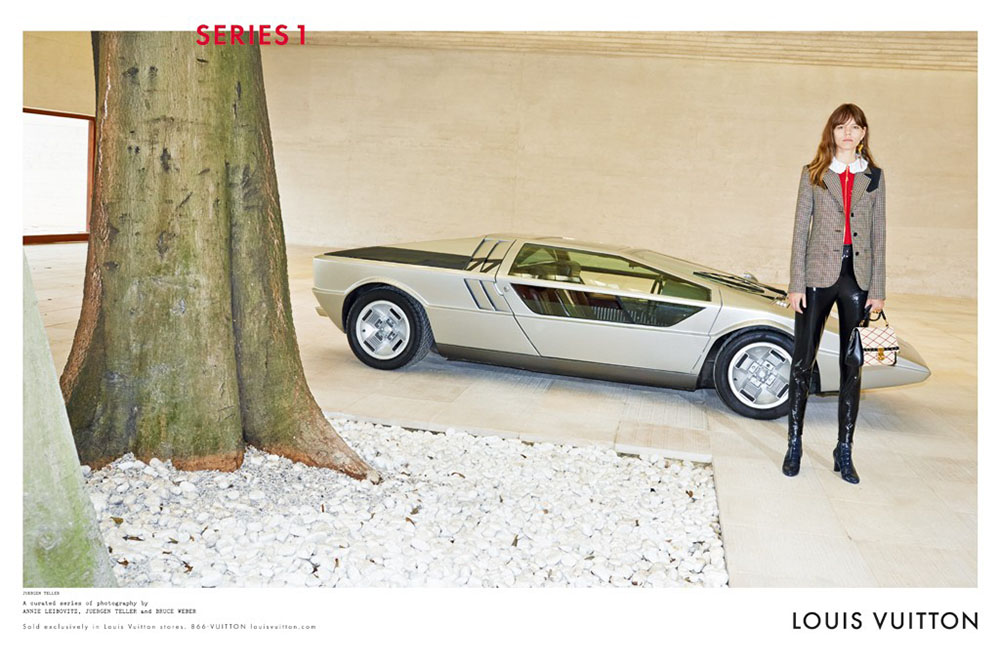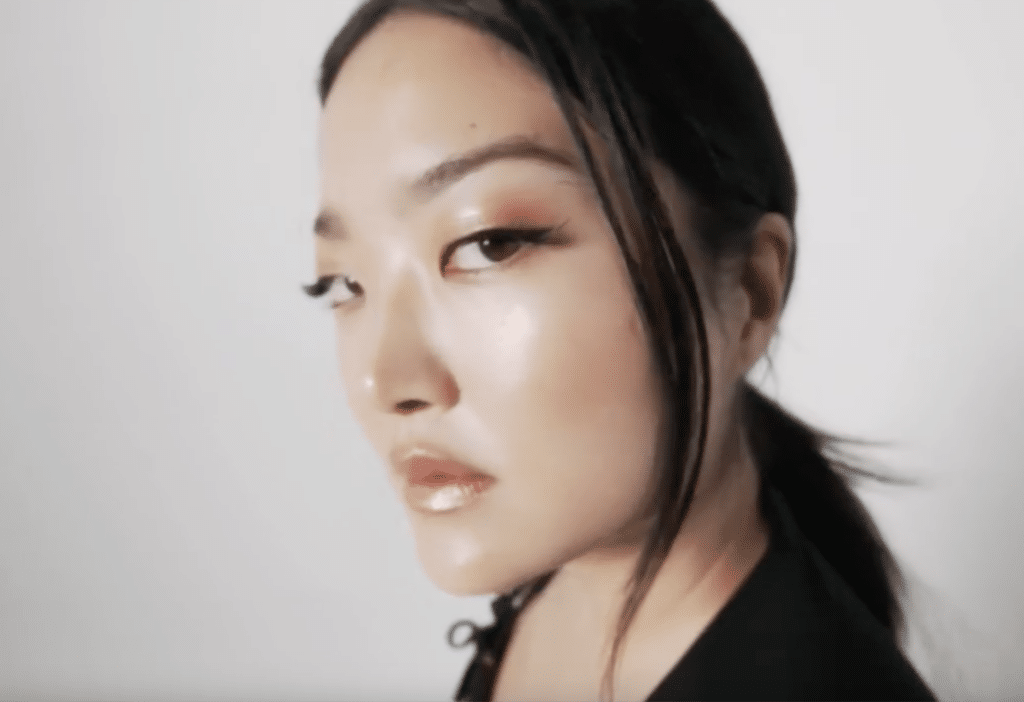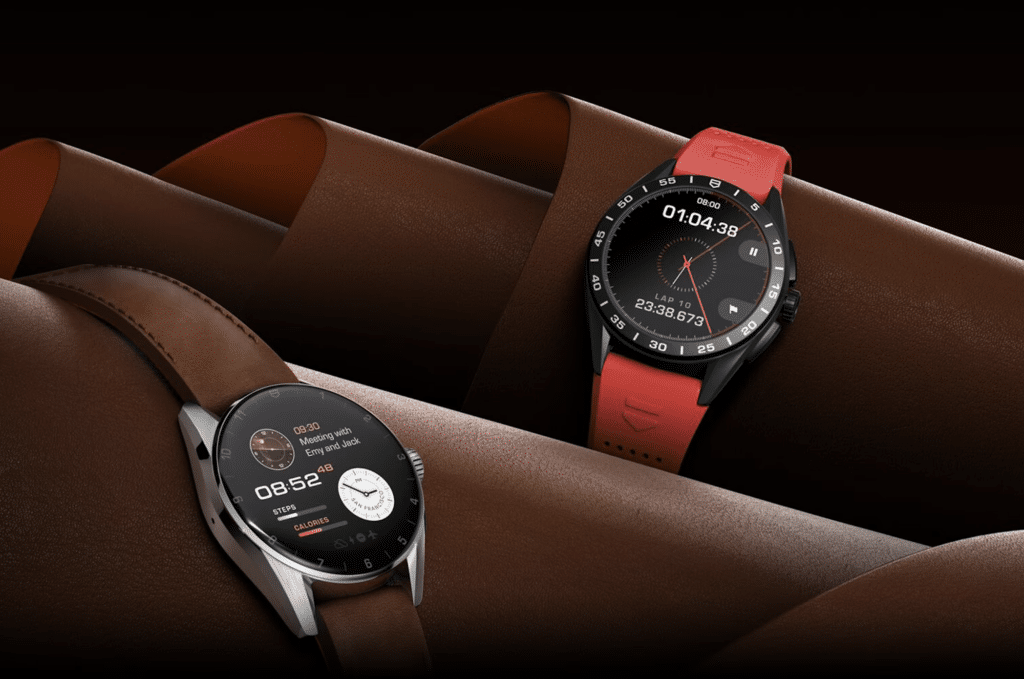The Fashion Law Exclusive – Louis Vuitton, which currently holds the title of the most valuable design house in the world, filed suit in the Southern District of New York last month against the Los Angeles-based company, known for its designer bag on a canvas bag styles, which include Balenciaga, Proenza Schouler, YSL, Celine, and obviously, Louis Vuitton lookalikes – among others (see them after the break below). The design house is claiming that My Other Bag (“MOB”)’s designs not only infringe its federally registered trademarks and copyrights, but MOB is diluting its famous trademarks, as well a few other claims, including false designation of origin/unfair competition.
The trademarks that Louis Vuitton is referring to include its Toile Monogram design (the pattern featuring “the interlocking stylized letters “L” and “V” and three distinctive stylized flower designs, which Louis Vuitton first adopted in 1896″, pictured below); the design of each individualized flower within the Toile Monogram design; the Damier design (which consists of the “distinctive checkered pattern of light and dark colors … that the house began using in 1888”); the varying color treatments of the Damier design; and the trademarks covering the Monogram Multicolore designs, which were launched in 2002 in connection with Japanese artist Takashi Murakami. Louis Vuitton further alleges that MOB violated an array of its copyrights that extend to the aforementioned designs. In total, Louis Vuitton’s complaint features seven different infringing MOB styles.
Louis Vuitton alleges that MOB has created, marketed and sold designs that infringe an array of its trademarks (which puts its “decades of substantial investment and effort at risk.” And that’s not all, as MOB intentionally took it a step further. Louis Vuitton claims that MOB’s “marketing strategy invokes and emphasizes the fashionable character of its products and its intent to create an association with Louis Vuitton.” This includes the deliberate selection of distribution channels “associated with high fashion and luxury.” As a result, MOB is likely to create confusion in the marketplace, as consumers are likely to believe that MOB’s designs are authorized or endorsed by Louis Vuitton, or that the design house is associated with the products in some way. Moreover, Louis Vuitton alleges that MOB’s use of its trademarks is likely to blur the distinctiveness of those marks (aka – make them appear less exclusive than they actually are).

Not surprisingly, Louis Vuitton’s legal counsel attempted to settle the matter with MOB before proceeding to court. According to its complaint, Louis Vuitton sent a cease and desist letter to MOB in August 2013, and MOB “not only continued to produce, market and sell products that infringe the Louis Vuitton Trademarks and Louis Vuitton Multicolore Designs, it has introduced new infringing and diluting products.”
So, what does Louis Vuitton want? Well, first and foremost, it wants a preliminary injunction. It wants the court to immediately order MOB (and any of its “officers, agents, servants, employees and attorneys) to pull all of the infringing goods from its site, stores, etc., and cease its use of any Louis Vuitton trademarks. Louis Vuitton also wants MOB to deliver for destruction just about anything associated with the sale of the Louis Vuitton trademark-infringing goods. And last but not least, the Paris-based design house wants an array of monetary damages.
While some will inevitably argue that this lawsuit represents a big guy going after a small business simply because it can, the underlying purpose of this lawsuit really does amount to more than that overly simplified conclusion. Louis Vuitton, a house that has been extremely diligent in policing its intellectual property is the past, is moving full speed ahead here for a number of important reasons. From a purely legal perspective, it is the trademark holder’s duty to police the use of its marks. The failure to adequately keep tabs, so to speak, on the unauthorized use of a trademark can lead to that mark becoming generic, and thus, useless to a brand. Put very simply, the purpose of a trademark is to help consumers to indicate the source of goods, and to identify and distinguish the goods of one manufacturer or seller from those of another. If non-Louis Vuitton brands use the Louis Vuitton trademarks, this not only likely leads to consumer confusion, but it lessens the distinctive nature of the Louis Vuitton marks and thus, leads to a decrease in the trademarks’ identifying power.
Moreover, due to the sheer value implicit in Louis Vuitton’s intellectual property (one of a brand’s most valuable assets), the case at issue and ones like it are particularly problematic. By buying a Louis Vuitton bag, particularly one with any of the brand’s logo-centric trademarks on its, a consumer is not only buying a quality bag but she is buying into the Louis Vuitton image. In order to maintain its image of luxury, exclusivity, and high fashion (and thus, be able to charge the prices it does), Louis Vuitton must keep tight reigns on the production and sale of both counterfeit bag and those of lower quality. Not only does the production and marking of such bags affect the distinctiveness of the Louis Vuitton trademarks, it creates a sense of saturation, of accessibility in the market that would not otherwise exist. Louis Vuitton, and quite a few of its other luxury sector mates, have been putting in extra work over the past few years to fight the logo-fatigue and market saturation that they have been plagued with. Thus, lawsuits like this are important, even if MOB seems like a relatively small player in comparison.
If the lawsuit sounds familiar, that is because Hermès filed suit in 2011 against Thursday Friday, another California-based brand selling similar bags as MOB. They ended up settling that case out of court and Thursday Friday stopped printed Birkin lookalikes on its canvas bags.














